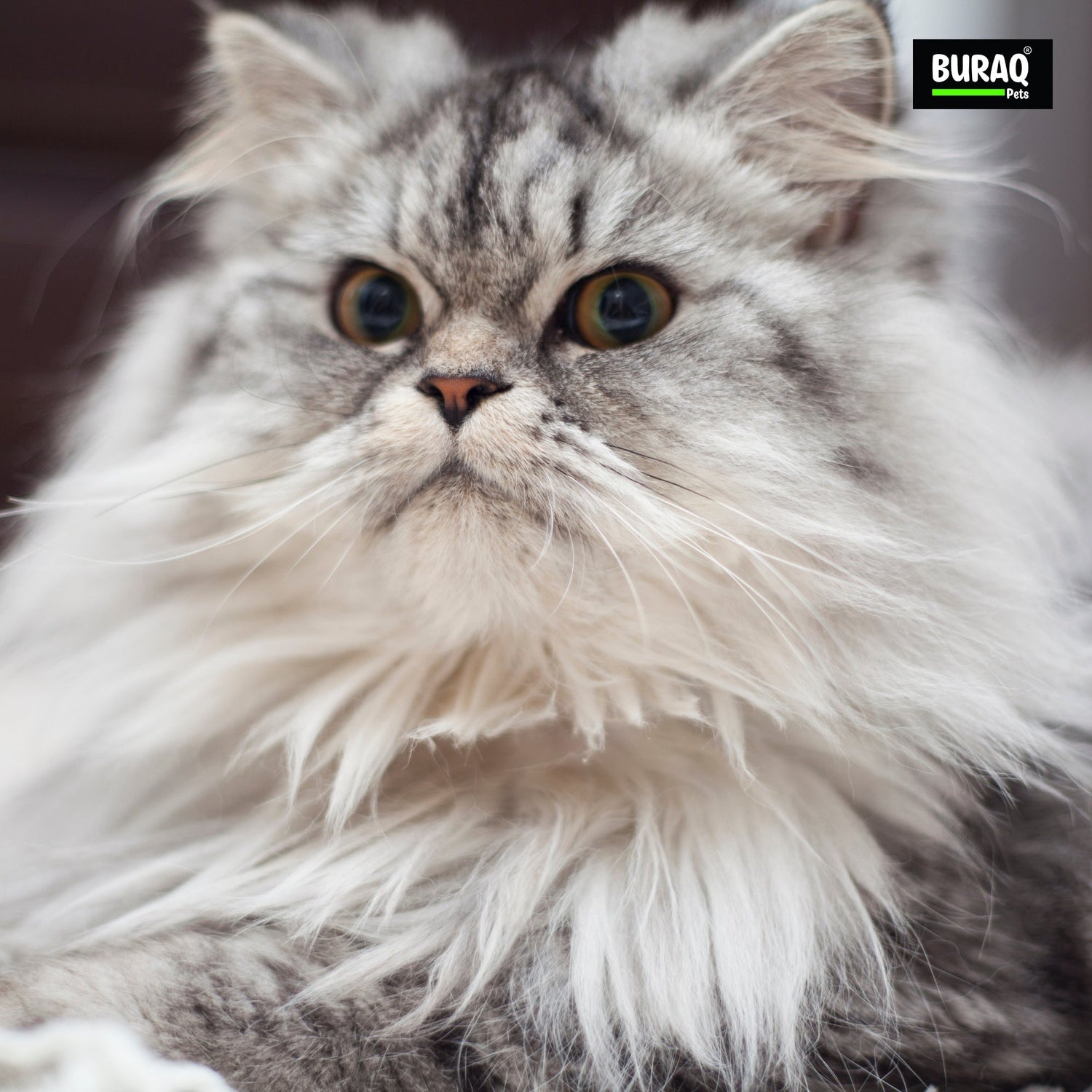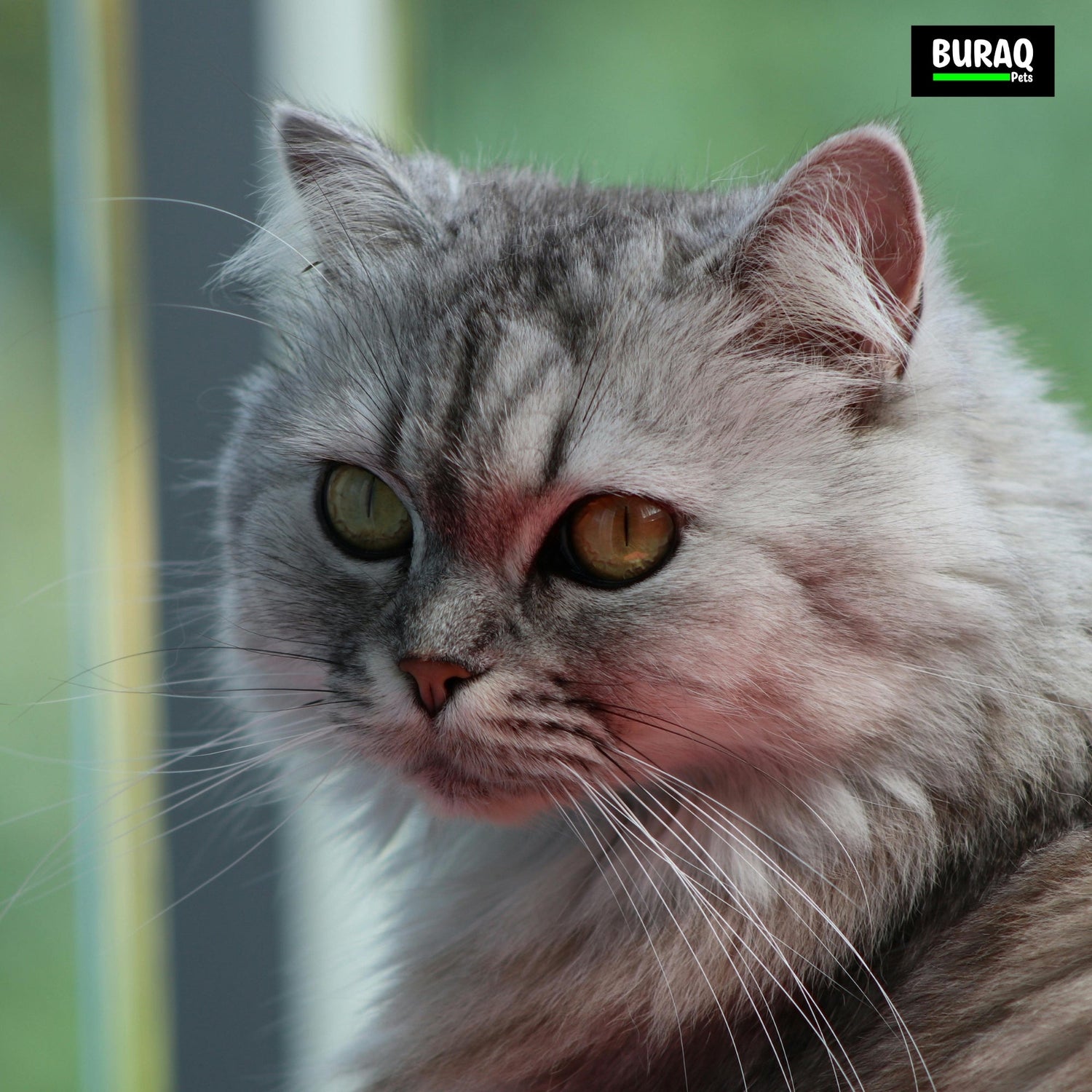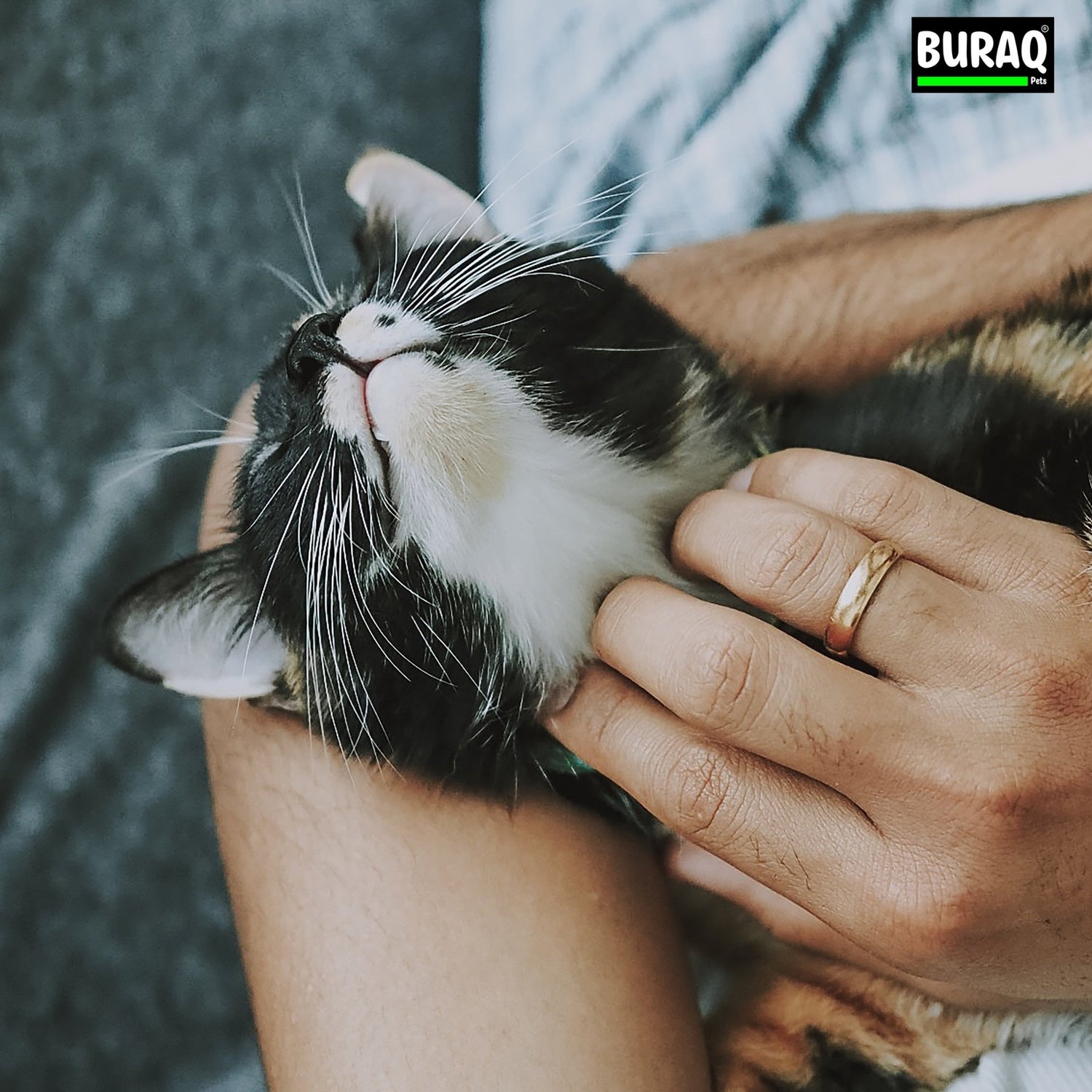 Have you recently brought home a feline friend only to find them snoozing most of the day? If you’re a new cat parent in India wondering if your pet is unusually lazy, you’re not alone! Many new cat parents often wonder why do cats sleep so much compared to other pets. That adorable ball of fur that spends more time napping than playing might leave you concerned – but rest assured, this is perfectly normal cat behavior.
Have you recently brought home a feline friend only to find them snoozing most of the day? If you’re a new cat parent in India wondering if your pet is unusually lazy, you’re not alone! Many new cat parents often wonder why do cats sleep so much compared to other pets. That adorable ball of fur that spends more time napping than playing might leave you concerned – but rest assured, this is perfectly normal cat behavior.
Understanding Normal Sleep for Cats: How Many Hours Is Typical?
Before we dive into the reasons behind all that snoozing, let’s understand what constitutes normal sleep for cats. Adult cats typically sleep between 12-16 hours every day – that’s about twice as much as humans! Cat sleeping hours can even extend up to 20 hours for kittens and senior cats.
This might seem excessive if you’re comparing it to dogs who sleep around 12-14 hours, or even to us humans who function on 7-8 hours. But for cats, this extended rest period is completely natural and necessary. Understanding cats sleep patterns can help you better care for your feline friend and recognize when their sleep habits might indicate something more serious.
Why Do Cats Sleep So Much? 5 Scientific Explanations
Now that we know how much sleep is normal, let’s explore the fascinating reasons behind your cat’s seemingly endless napping schedule:
1. Cat Sleep Behavior: Understanding Their Crepuscular Nature
Your cat’s sleep behavior is deeply rooted in their evolutionary history as hunters. Unlike humans who are diurnal (active during the day) or nocturnal animals (active at night), cats are what scientists call “crepuscular” – meaning they’re naturally most active during dawn and dusk.
This evolutionary adaptation developed because these twilight hours are prime hunting times – when small prey like mice and birds are active, but there’s still enough light for cats to see effectively. Even though your pampered house cat doesn’t need to hunt for survival, their bodies still follow this ancient rhythm.
If you’ve noticed your cat suddenly zooming around the house at 5 AM or becoming playful just as you’re winding down for bed, you’re witnessing this crepuscular nature in action! Cat behavior India experts note that this pattern remains consistent regardless of domestication or geographic location.
2. Energy Conservation in Cats: The Biological Need for Rest
If you’re wondering how can cats sleep so much without health issues, the answer lies in their biology. Cats are predators designed for short, intense bursts of energy rather than sustained activity. In the wild, hunting requires tremendous energy expenditure – stalking, chasing, pouncing, and capturing prey demands quick reflexes and explosive power.
To prepare for these energy-intensive hunting sessions, cats conserve energy by sleeping. Their bodies have evolved to store energy through extensive rest periods, ensuring they have the necessary resources for hunting when the time comes.
Even though your house cat’s “hunting” might only involve pouncing on toys or chasing a laser pointer, their bodies still operate on this energy conservation principle. This explains why your cat might seem to sleep all day, then suddenly engage in those famous “zoomies” – bursts of frantic activity that seem to come from nowhere!
3. Weather Effects on Cats: How Indian Climate Influences Sleep
Many Indian pet parents notice their cats sleeping even more during hot summer months, and there’s good science behind this observation. Cats are temperature-sensitive creatures, and weather significantly impacts their sleep patterns.
During India’s hot summer afternoons, when temperatures soar, cats naturally sleep more to conserve energy and avoid heat stress. Their optimal temperature comfort zone is between 25-27°C (78-80°F), and when temperatures rise above this range, they become less active and seek cool spots for extended naps.
This behavior is particularly noticeable in Indian homes without air conditioning, where cats might seek out cool tile floors, bathroom sinks, or shaded areas for their daytime sleep. If you notice your cat sleeping more during the summer months, it’s simply their natural way of coping with the heat.
During cooler months, you might notice slightly more activity, though cats will still maintain their lengthy sleep schedule – it’s just how they’re programmed!
4. Kitten Sleep Patterns and How They Change with Age
Age plays a significant role in determining how much your feline friend sleeps. Kittens and senior cats require more sleep than adult cats in their prime years.
Kittens can sleep up to 20 hours daily, and for good reason – they’re growing rapidly, and sleep is essential for proper development. During sleep, their bodies release growth hormones and their brains form important neural connections. This is why it’s crucial not to disturb kittens during their frequent naps.
On the other end of the spectrum, senior cats (those over 10 years old) also tend to sleep more, often 18-20 hours daily. This increased sleep need comes from decreased energy levels, potential age-related health conditions, and reduced mobility. Many owners notice that why do indoor cats sleep so much more as they age – this is a natural part of the feline aging process.
Adult cats in their prime (between 1-10 years) typically maintain that 12-16 hour sleep schedule, with slight variations based on individual personality, breed, and environment.
5. Cat Boredom Signs: When Lack of Stimulation Leads to Excessive Sleep
While cats naturally sleep a lot, sometimes excessive sleeping can indicate boredom or lack of stimulation. Recognizing cat boredom signs early can help prevent excessive sleeping due to understimulation.
Indoor cats, especially those living alone in apartments without much environmental enrichment, may sleep more simply because they have nothing better to do. Without adequate mental and physical stimulation, cats default to sleep mode.
Signs your cat might be sleeping out of boredom include:
- Waking up immediately when you enter the room
- Excessive attention-seeking behavior when awake
- Destructive behaviors like scratching furniture
- Overgrooming or excessive licking
- Weight gain due to inactivity
Learning how to keep cat active during their waking hours is essential for their wellbeing. Interactive play sessions, puzzle feeders, and rotating toys can help provide the mental stimulation your cat needs to stay happy and healthy.
Excessive Sleeping in Cats: When to Be Concerned
While extensive sleeping is normal for cats, there are times when it might signal health issues. Here’s when you should be concerned:
- Sudden changes in sleep patterns: If your normally active cat suddenly starts sleeping significantly more
- Lethargy vs. sleep: A sleeping cat will wake up alert when disturbed, while a lethargic cat seems “out of it” even when awake
- Accompanying symptoms: Excessive sleep combined with appetite changes, weight loss, or behavioral changes
- Difficulty waking: If your cat is unusually difficult to rouse from sleep
- Disorientation upon waking: Confusion or disorientation when your cat wakes up
If you notice any of these signs, it’s best to consult with a veterinarian. While cats do sleep a lot naturally, significant changes in sleep patterns can sometimes indicate underlying health conditions that require attention.
How to Keep Cat Active: Toys and Activities from Buraq Pets
Now that you understand why your feline friend sleeps so much, you might be wondering how to ensure they get adequate stimulation during their waking hours. Quality cat toys India pet parents can find include interactive puzzles and wand toys from Buraq Pets that are specifically designed to engage your cat’s natural hunting instincts.
Here are some excellent options to keep your cat mentally and physically stimulated:
- Interactive Wand Toys: Buraq Pets’ feather wand toys mimic the movement of birds and insects, triggering your cat’s predatory instincts. Just 10-15 minutes of play twice daily can significantly improve your cat’s activity levels.
- Puzzle Feeders: Make mealtime more engaging with Buraq Pets’ puzzle feeders that require your cat to work for their food, stimulating both mind and body.
- Cat Tunnels: Collapsible tunnels provide the perfect hiding and pouncing spots that satisfy your cat’s instinctual need for concealment and surprise attacks.
- Scratching Posts: Buraq Pets’ sisal scratching posts not only protect your furniture but also provide essential exercise and stretching opportunities for your cat.
- Catnip Toys: For cats that respond to catnip (about 70-80% do), Buraq Pets’ catnip-infused toys can encourage playful behavior and increased activity.
Remember to rotate toys regularly to maintain novelty and interest. Even the most exciting toy becomes boring if it’s always available. Creating a play schedule that aligns with your cat’s natural active periods (dawn and dusk) will also yield better results.
Conclusion: Embracing Your Cat’s Sleepy Nature
Understanding why cats sleep so much helps us become better pet parents. Rather than worrying about all those cat naps, we can appreciate that this is normal, healthy behavior for our feline friends. Their extensive sleep schedule is a fascinating remnant of their evolutionary past that persists even in our modern Indian homes.
By providing appropriate stimulation during their active periods and respecting their need for extensive rest, you can ensure your cat lives a balanced, healthy life. Remember that each cat is unique – some may be naturally more active than others, but all healthy cats will spend a significant portion of their day sleeping.
Want to learn more about fascinating cat behaviors and find the perfect toys to keep your feline friend engaged during those precious waking hours? Explore Buraq Pets’ collection of premium cat toys, tunnels, and scratchers designed specifically for Indian homes and cats. Your sleepy companion will thank you with purrs, head bumps, and maybe even a few less middle-of-the-night zoomies!
Visit Buraq Pets today and discover the perfect enrichment tools to complement your cat’s natural sleep-wake cycle. Because a well-rested cat with proper stimulation is a happy, healthy cat!






